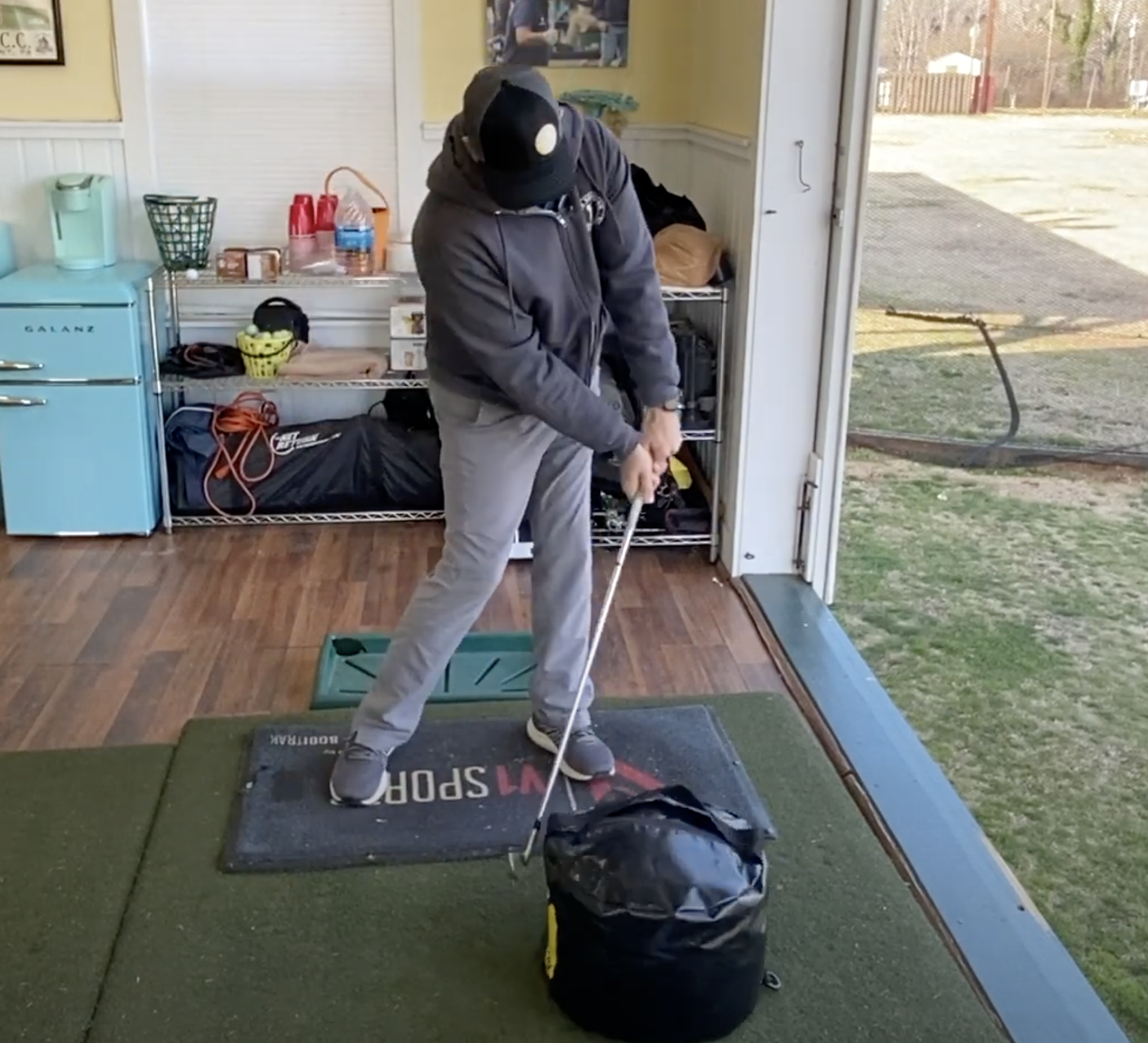I once had a golf student that I took out on the course and I told him “whenever you think you should chip it, you should probably putt it.” The bottom line is that you want to get the ball on the ground as soon as possible. If you can putt it, you should putt it. If you can’t putt it, you should chip it. And if you absolutely can’t chip it, then you might have to pitch it. It should be the last option though.
Here’s the reality. Most amateur golfers if they are just off the green and they have a decent amount of green to work with, they are probably going to go to their golf bag and grab their wedge and their putter. If you are a higher handicapper or you don’t play a ton of golf, your wedge more often than not will get you into trouble. If you hit it well, most of the time it will not be exceptional. When you don’t hit it well, it can often be catastrophic. In order to hit the shot well, I need to have good technique: weight forward, hands forward, square club face, etc as well as the experience and skill to make decent contact (not to mention the mental fortitude to hit the shot under pressure).
On the other hand, if I grab my fairway wood or my putter and hit the same shot, the only thing I really need to focus on and figure out is how hard to hit it. So that means that all I need to practice is how hard to hit it. Even myself, who is fairly skilled, knows the technique, and practices, I still will always opt to take the shot that requires the least amount of skill especially if the stakes are high. In order to play your best golf, you need to play to your skill level. You should also be practicing the shots that require the least amount of skill.
I have played with a lot of higher handicappers and I can’t tell you the number of times they have hit their tee shot into the woods. All they would need to do is punch out of the woods in order to make a bogey and they can’t seem to get out of the woods. These are easy shots and you should be able to execute these shots most of the time.
And always remember around the greens, the less loft you use, the less skill you need!


















